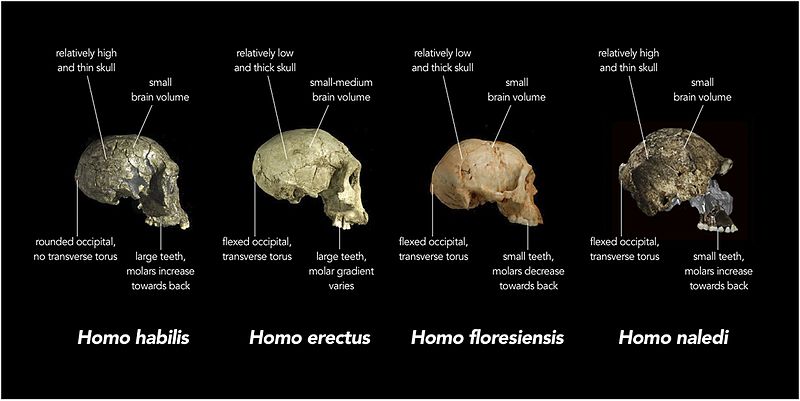Fitxer:Comparison of skull features of Homo naledi and other early human species.jpg

Mida d'aquesta previsualització: 800 × 401 píxels. Altres resolucions: 320 × 160 píxels | 640 × 321 píxels | 1.024 × 513 píxels | 1.280 × 641 píxels | 2.560 × 1.283 píxels | 4.473 × 2.241 píxels.
Fitxer original (4.473 × 2.241 píxels, mida del fitxer: 382 Ko, tipus MIME: image/jpeg)
Historial del fitxer
Cliqueu una data/hora per veure el fitxer tal com era aleshores.
| Data/hora | Miniatura | Dimensions | Usuari/a | Comentari | |
|---|---|---|---|---|---|
| actual | 02:58, 12 set 2015 |  | 4.473 × 2.241 (382 Ko) | Animalparty | User created page with UploadWizard |
Ús del fitxer
La pàgina següent utilitza aquest fitxer:
Ús global del fitxer
Utilització d'aquest fitxer en altres wikis:
- Utilització a arz.wikipedia.org
- Utilització a ast.wikipedia.org
- Utilització a az.wikipedia.org
- Utilització a bg.wikipedia.org
- Utilització a ceb.wikipedia.org
- Utilització a de.wikipedia.org
- Utilització a en.wikipedia.org
- Utilització a es.wikipedia.org
- Utilització a eu.wikipedia.org
- Utilització a fr.wikipedia.org
- Utilització a ga.wikipedia.org
- Utilització a he.wikipedia.org
- Utilització a hr.wikipedia.org
- Utilització a ia.wikipedia.org
- Utilització a id.wikipedia.org
- Utilització a ja.wikipedia.org
- Utilització a kab.wikipedia.org
- Utilització a ka.wikipedia.org
- Utilització a kn.wikipedia.org
- Utilització a nl.wikipedia.org
- Utilització a nn.wikipedia.org
- Utilització a no.wikipedia.org
- Utilització a oc.wikipedia.org
- Utilització a pl.wikibooks.org
- Utilització a pt.wikipedia.org
- Utilització a ro.wikipedia.org
- Utilització a simple.wikipedia.org
- Utilització a species.wikimedia.org
- Utilització a sv.wikipedia.org
- Utilització a tr.wikipedia.org
- Utilització a uk.wikipedia.org
- Utilització a ur.wikipedia.org
- Utilització a vi.wikipedia.org
- Utilització a vls.wikipedia.org
- Utilització a www.wikidata.org


